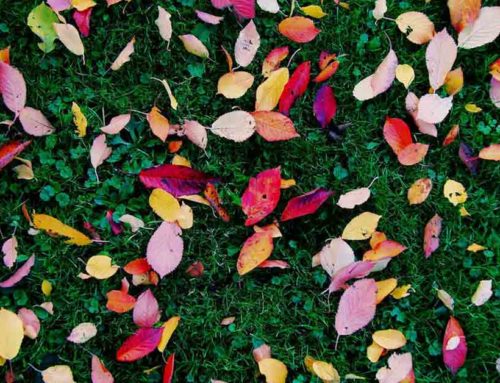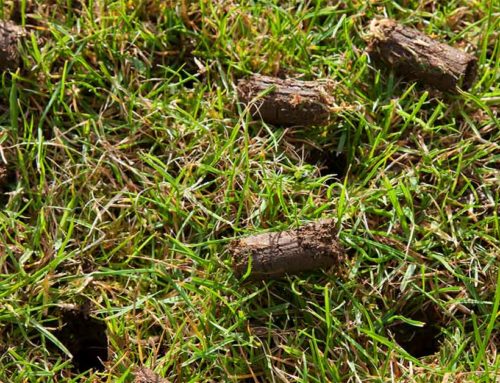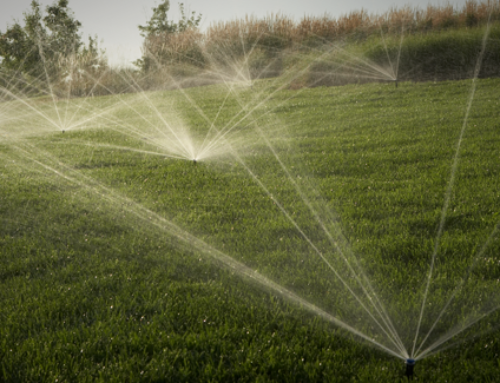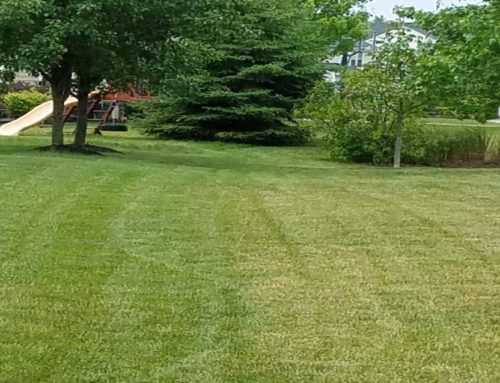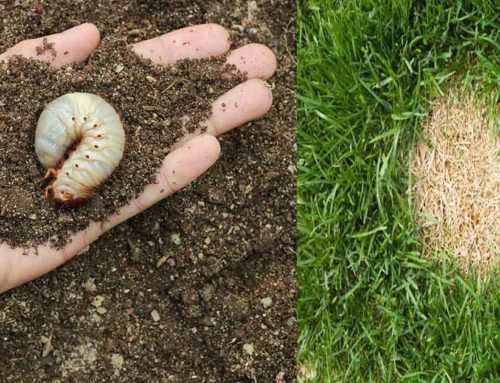Well, hopefully the weather will change, but since this year is a solar minimum, it probably will remain on the dry side this year.
The drought really started back in May and the heavier June rain we’ve come to expect every year didn’t happen. So here are some thoughts on managing the landscape during stressful periods.
The most visible component of any landscape is the lawn. The first sign of drought stress is a smoky appearance in the turf. It will not look water-soaked, like with pythium.Next is loss of resilience. You’ll know this when you walk on it and it doesn’t stand back up. This is a good sign that you should probably stay off of it-especially with mowers. Just skip it if at all possible. Along the line of mowing, the higher the better. The agronomic suggestion is the highest mow setting possible on a residential mower. I have been at 4.5 inches on my commercial mower and that seems to work well. And make sure blades are sharpened frequently. The dry stuff will beat the blade edge down fast and a dull blade will shred the grass tips and that will lead to more water leakage and stress on the grass-as well as unsightly frosty-topped turf. I have also gotten reports that grass mowed in the evening is staying greener than grass mowed in the heat of the day. This would make sense because if it is less stressful on you, it’s also less stressful for the grass.
Irrigation
If a property can be properly irrigated, that is the only way the turf will remain green. Otherwise, just let it go dormant. But let’s talk about proper irrigation. Turf needs a minimum of 1 inch of precipitation per week. To put this in usable terms, a 10,000 square foot lawn needs 6234 gallons of water per week to thrive. I’m not sure that is even feasible in most cases, which is why I think the turf struggles in spite of having irrigation. I hope you have a deduct meter! Fortunately grass has a built-in dormancy mechanism to survive these kinds of conditions. Grass can be kept from completely dying if it receives an inch of water at least once every 2-3 weeks and if it goes out longer than 4-6 weeks without water, it may not recover. As far as how to water, everyone has their own ideas on what works. This is a great year to figure out both if you are watering long enough and how well designed your system is. I think early morning is best. It’s cooler, so there is much less evaporation because around daybreak you are usually hitting the dew point. It will knock carbohydrates and dew that feeds disease off the blades of the grass. Water pressures are usually higher, try to finish before everyone starts waking up to avoid pressure drops. I am a big fan of doing it all at one time-one inch on one day per week, break it up so that the system cycles each zone five minutes at a time until the desired amount is reached. If the soil is extremely dry and cracked, then this would be a good practice. Allow the soil to slowly re-hydrate, otherwise the water will all run off the surface into the cracks and below the root zone.
When it is above 85 degrees, the turf canopy can be as much as 115 degrees, so I think an additional quick mid-day cycle is great to knock the temperature down.
Temperature and Turf
Speaking of temperature, it does play a major role in turf health. The optimal temperature range for cool-season turf is 65-75 degrees. When temperatures exceed this, it begins to die. Why is this? Well, grass is cold-blooded; every chemical process in the grass is temperature-dependent. The higher the temperature, the less one thing happens and the more something else happens. When temperatures exceed 80 degrees, the respiration rate (energy consumption rate) exceeds the photosynthesis rate (energy production). Grass can survive in these temperatures for about 4-6 weeks before it begins to die. Tall fescue will hold out the longest, followed by Kentucky bluegrass, Perennial rye, and others. Fine fescue is not drought or heat tolerant and will often fade before anything else-especially in full sun. Another guy also checks out, our pal Poa triv. I get a lot of calls on the poa triv checking out disease. It naturally goes dormant as soon as temperatures hit 85-90 degrees and the first thing you see are patches of tufty grass turning a maroon color. It then fades to tan. If you see this, then it is a great time to pull it out-unless you like how it looks. Otherwise it will be back in September.
Fertilization recommendations
I’m also getting asked a lot about fertilization, burn potential, and recovery. Over-fertilization can increase respiration and cause damage to turf, as well as burn. A lot of guys think you are just wasting your money putting fertilizer down at all, so they go with something cheap just to say they did something. This is a bad idea. A good, controlled-release, organic, or stabilized nitrogen source should be the mainstay. At least 50% controlled release or higher is best. If it remains dry, then the fertilizer will just sit waiting, but once this pattern changes, it will be there to get to work right away. If you skip applications and the weather changes, what will the grass have to help it recover if you didn’t put anything down?

